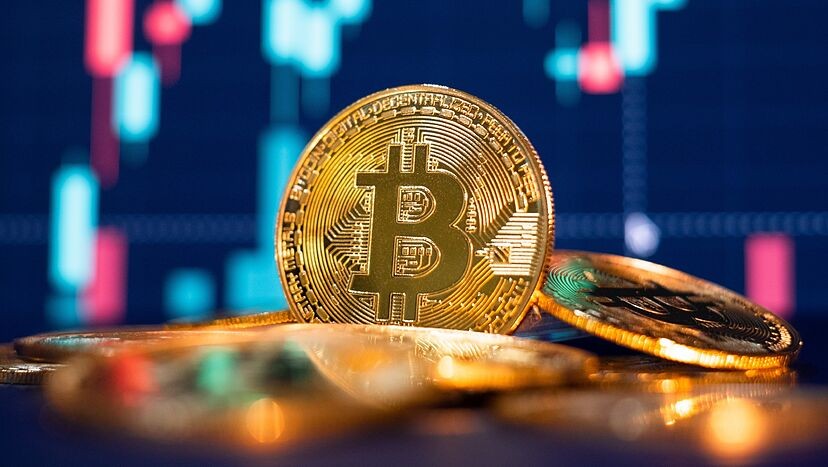Cryptocurrency and digital assets are reshaping the global financial system as we know it. From how we send money across borders to the way we invest, own property, and store value, these digital innovations are driving a new era of economic transformation.
What Are Cryptocurrency and Digital Assets?
Cryptocurrency and digital assets refer to digitally-native financial assets built on blockchain technology. These include:
- Cryptocurrencies like Bitcoin, Ethereum, and Solana
- NFTs (Non-Fungible Tokens) used in digital art, gaming, and collectibles
- Utility Tokens for decentralized applications (DApps)
- Stablecoins tied to fiat currencies like the U.S. dollar
- Tokenized assets such as real estate or stocks represented on a blockchain
Each digital asset is secured, transferable, and verifiable through a decentralized ledger system. Therefore, ownership becomes transparent and tamper-proof an advantage over traditional systems.
How Cryptocurrency and Digital Assets Are Transforming Finance
Cryptocurrency and digital assets are not just tools they are rewriting the rules of finance. Here’s how they’re making an impact:
- Peer-to-peer transactions happen instantly across borders with low fees
- Decentralized Finance (DeFi) allows users to lend, borrow, and earn yields without banks
- Smart contracts automate complex agreements without intermediaries
- Digital wallets provide financial access to millions without bank accounts
Moreover, these technologies are helping bridge the gap between the banked and unbanked. As a result, users in developing countries now enjoy financial access and autonomy like never before.
NFTs and the New Age of Digital Ownership
Non-Fungible Tokens (NFTs) are unique digital assets that represent ownership of art, music, in-game items, and more. They rely on blockchain to prove authenticity and prevent duplication.
For example, artists can mint and sell digital art directly to collectors, bypassing traditional gatekeepers. In addition, smart contracts ensure they earn royalties on every resale.
Consequently, NFTs are transforming intellectual property rights and reshaping creative economies worldwide.
Are Digital Assets Secure?
Security is critical when handling cryptocurrency and digital assets. While hackers target exchanges and wallets, users can secure their assets using:
- Cold wallets and hardware wallets
- Multi-signature authentication
- Audited smart contracts
- Regulated platforms
In addition, education plays a major role. By understanding best practices, investors can significantly reduce their risk and safeguard their digital wealth.
Tokenizing the World: What’s Next?
As adoption grows, experts believe the world is entering a phase where everything becomes a digital asset from real estate to fine art, carbon credits to music royalties.
Tokenization enables fractional ownership, global liquidity, and real-time settlement. Furthermore, it democratizes access to assets previously reserved for the wealthy.
Governments and institutions are already exploring central bank digital currencies (CBDCs) and regulated token exchanges. As a result, mainstream adoption is accelerating.
Who’s Leading the Digital Asset Revolution?
Several countries and corporations are embracing cryptocurrency and digital assets:
- El Salvador made Bitcoin legal tender.
- BlackRock and Fidelity offer crypto ETFs.
- India and the UAE are drafting pro-crypto regulations.
- Startups are building decentralized tools across industries.
In short, digital assets are moving from the sidelines to the center of the financial world. As adoption grows, so does innovation.
Final Thoughts
Cryptocurrency and digital assets have unlocked new forms of value, financial freedom, and innovation. While risks remain, the opportunities far outweigh them for those who are informed.
Whether you’re a beginner or a seasoned investor, now is the time to learn, explore, and prepare for a future powered by digital assets. Ultimately, digital finance isn’t coming it’s already here.
